A quarter of Aussie households said their home insurance costs had risen by about $220 in a year.
Australia’s construction industry woes have begun to bite even homeowners in established houses that were built years ago, with long-time residents facing steep hikes in their insurance bills.
It comes as extreme labour and material cost increases have driven up the replacement cost of houses and apartments, leading to record rises in insurance premiums.
ABS figures published yesterday showed insurance hikes remain one of the more stubborn sources of inflation within the economy.
Insurance costs for house and motor vehicles increased by about 4 per cent over the year to May, well above the 2.1 per cent headline rate of inflation.
Premiums had already risen by an average of 16.5 per cent over the year prior, the ABS noted.
MORE: New blow for those earning less than $290k
Rising building costs mean the replacement cost of houses is higher – and with it, insurance premiums.
MORE: Dodgy tradies’ insane rip off tactics exposed
It’s a cost mortgage holders have had to grin and bear: building insurance remains a mandatory condition of getting and maintaining a home loan.
Recent polling by comparison group Finder showed just under two thirds of households nationally reported a rise in their insurance premiums over the past year.
A quarter of those reporting rises said they were paying an average of $223 more in costs than they were last year.
Additional data showed the average Sydney home and contents insurance premium was now $3219 a year.
Finder’s Consumer Sentiment Tracker revealed 13 per cent of Australians surveyed said that home insurance was one of the expenses that caused them the most stress.
This was close to double the proportion who had claimed insurance was one of their most significant cost stressors five years ago.
MORE: 40yo ‘disappointed’ he only has 300 homes
Finder insurance expert Peta Taylor said millions of Aussies were facing “premium pain”, with home insurance premiums rising faster than many household budgets could keep up.
“For many Aussies, insurance is no longer a ‘set and forget’ expense – it’s become a major source of financial stress,” Ms Taylor said.
She attributed the rise in insurance costs to a range of factors.
“The rising cost of building materials and labour means it’s more expensive than ever to repair or rebuild homes after a claim,” Ms Taylor said.
“At the same time, insurers are factoring in the growing frequency and severity of natural disasters – from cyclones and bushfires to flooding.
“These events are all contributing to more costly premiums for Aussies.”
Finder insurance expert Peta Taylor.
Ms Taylor added that already strained household budgets meant many Aussie family houses more vulnerable in the long-run.
“In some cases, damage caused by neglect – like a leaking roof, termite infestation, or faulty wiring – can lead to claims being rejected. Insurers expect reasonable upkeep,” Ms Taylor said.
Housing Industry Association economist Tim Reardon said the cost of building a new home in Sydney was radically more expensive than it was prior to Covid.
The typical cost of the labour, materials and land development needed for a new house and land package was $423,156 in 2019. That cost is now $606,000 – a rise of $182,484.
Compare the Market Economic Director David Koch said construction industry challenges added to the cost of natural disasters when it came to insurance.
“Supply and labour costs have definitely put strain on insurers. It now costs more to repair and rebuild homes and that has been factored into premiums,” Mr Koch said.
Compare the Market economic director David Koch said there was high variability in premiums across locations. Picture: Brett Hartwig
“The other thing to note is that the price you pay for your premium is often highly individual. All insurance underwriters rate risk differently and they have their own preferences based on the history of claims made before by people that live in your area with similar characteristics.
“So, for example, if there is a spate of crime in your area, resulting in a lot of claims, you might see a bigger impact on your premium.”



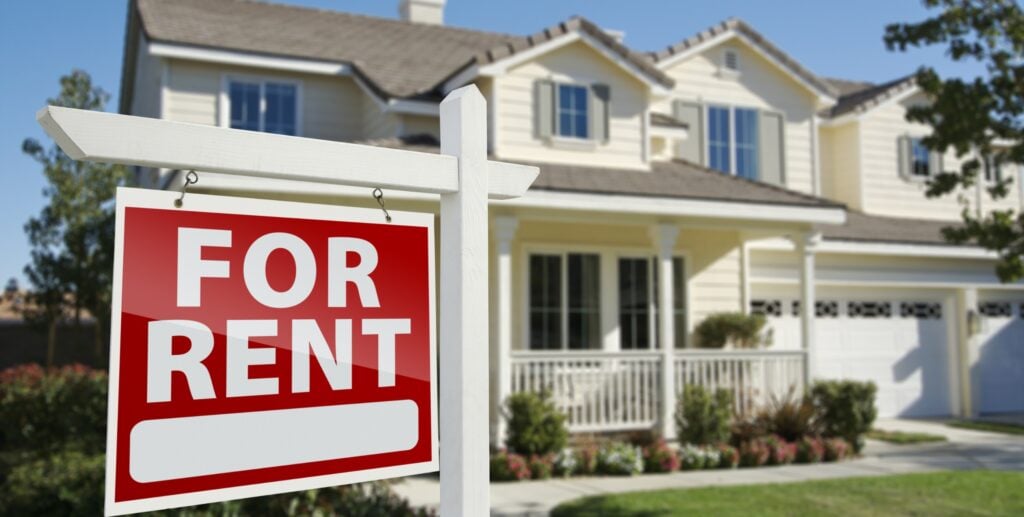





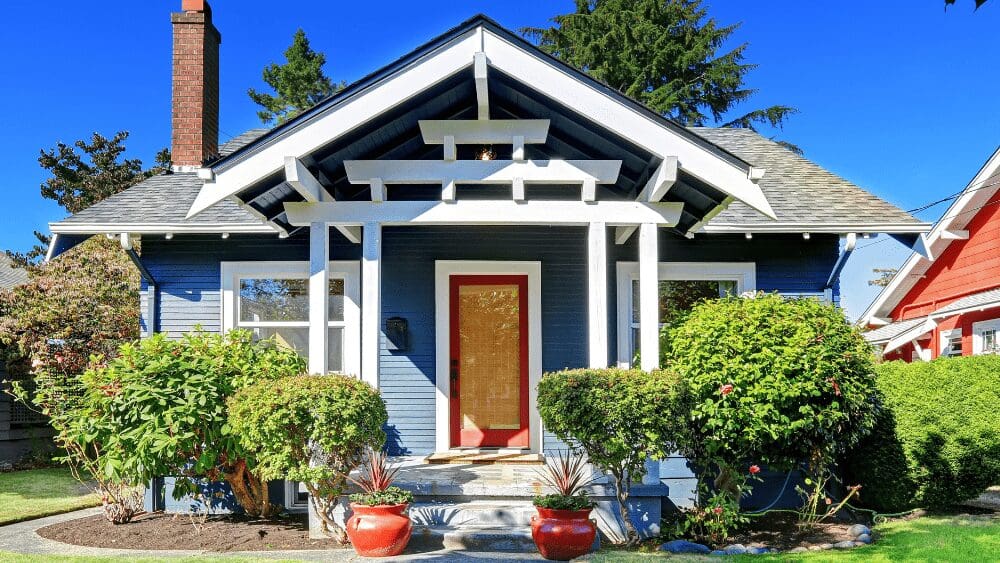

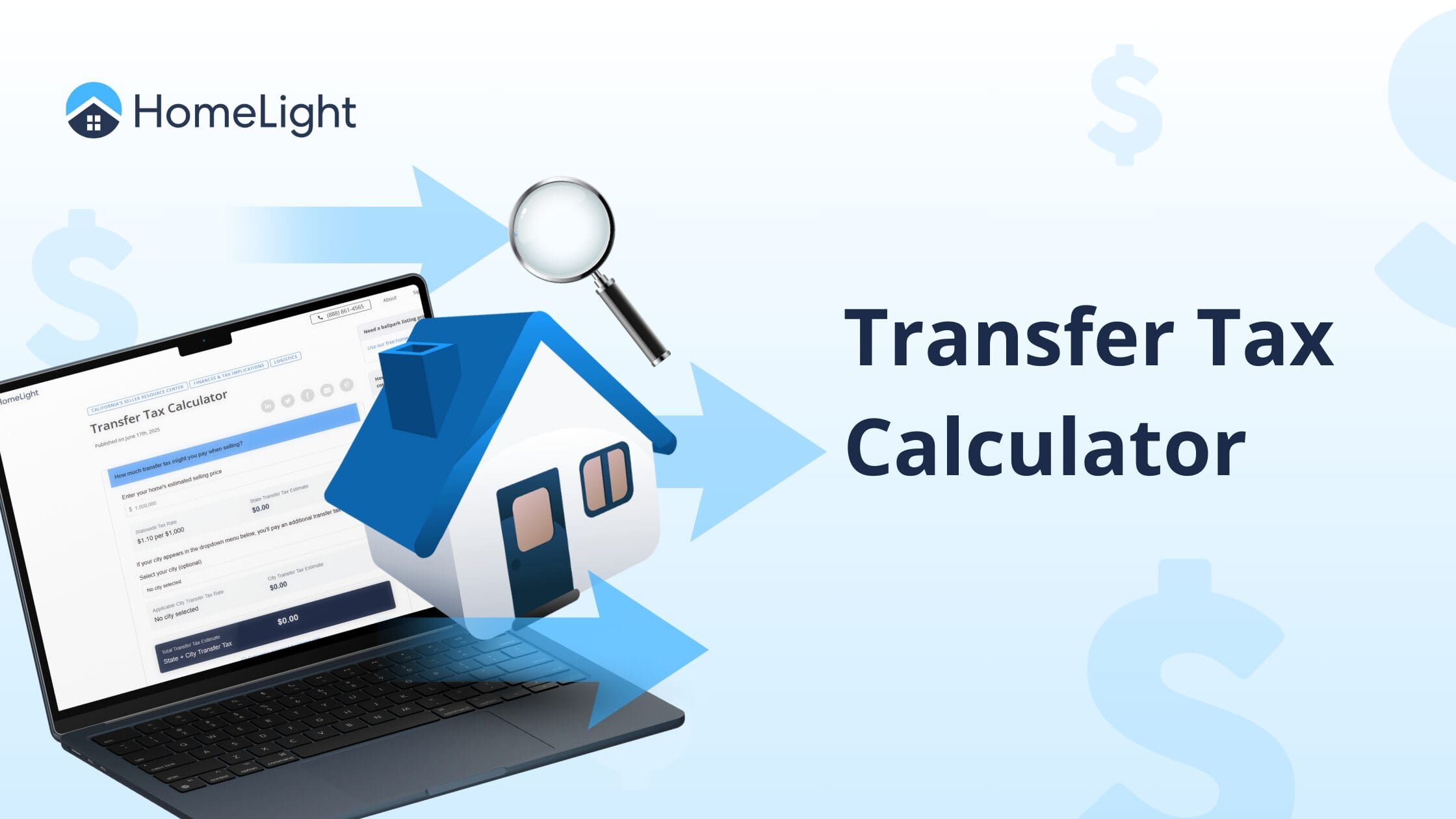

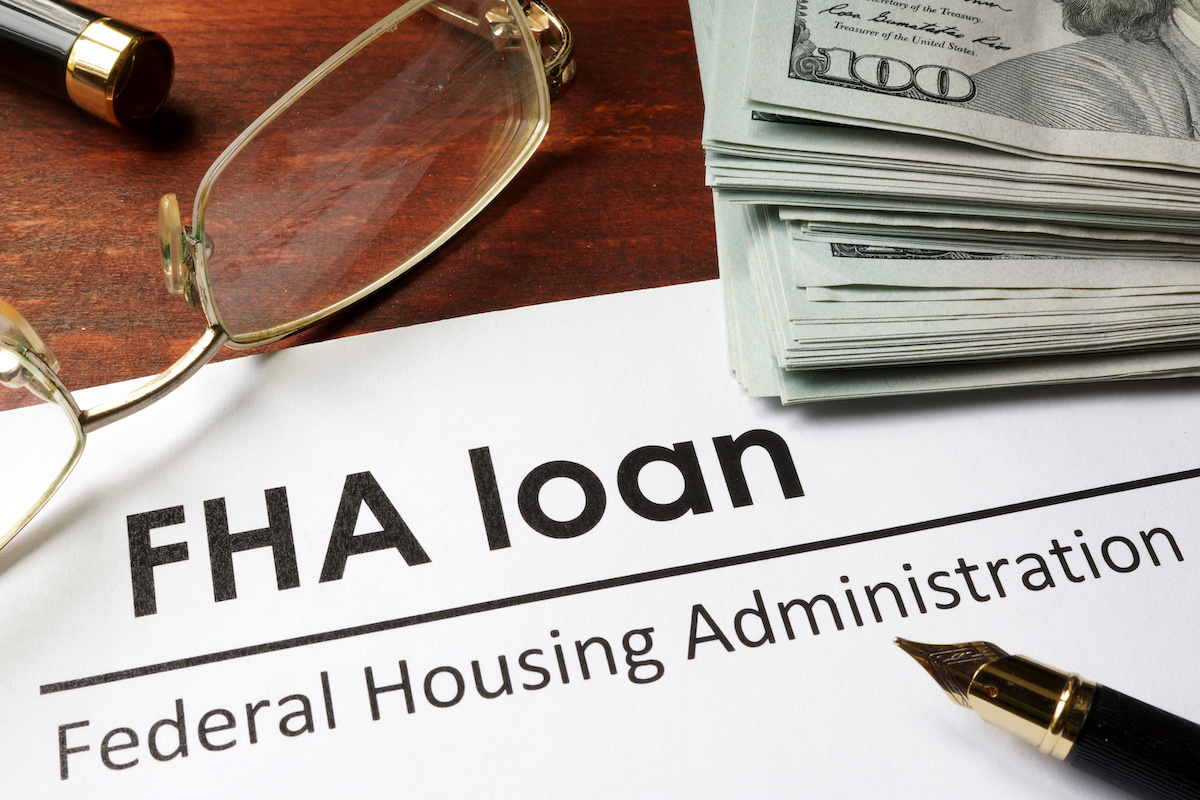


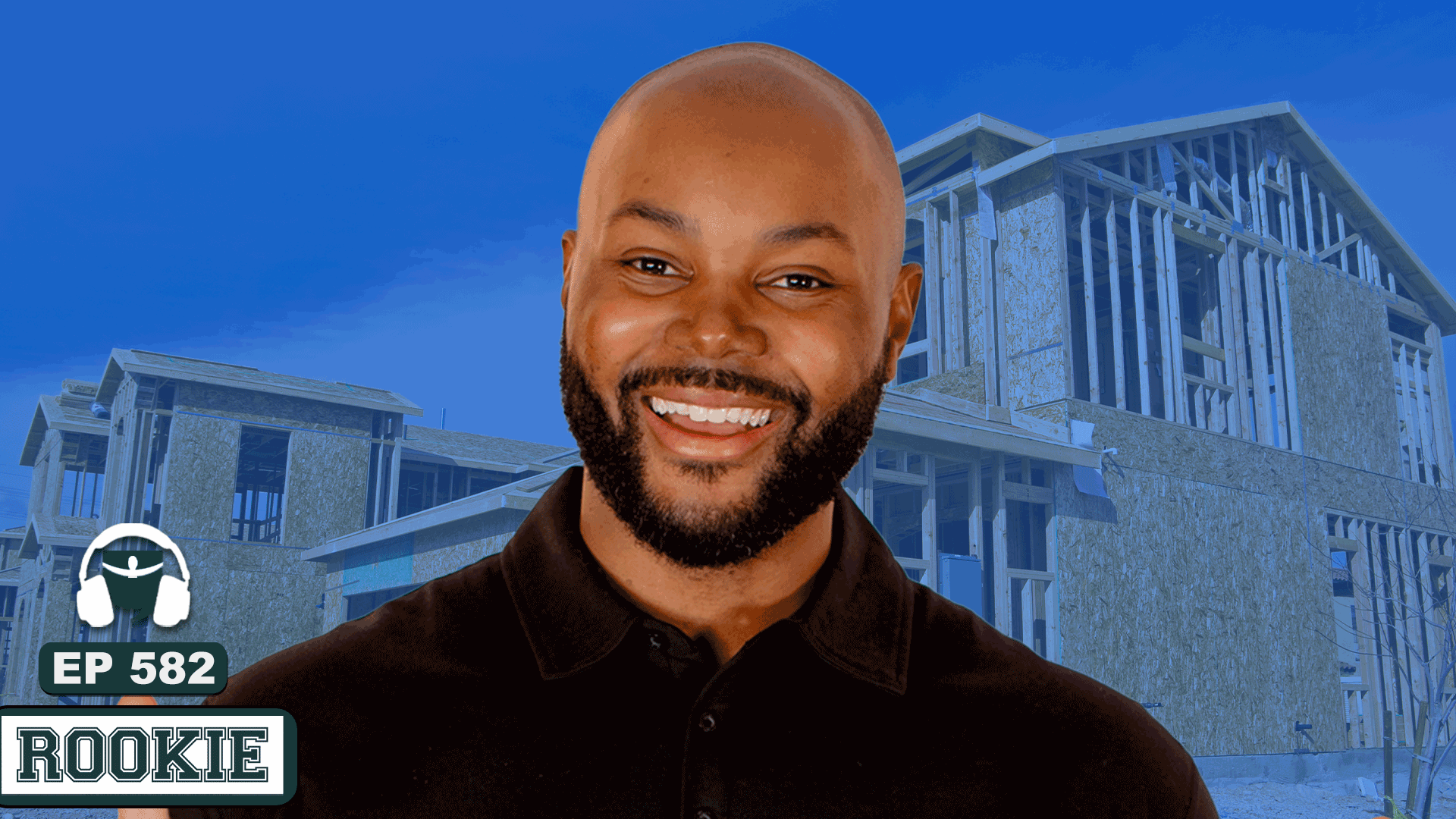

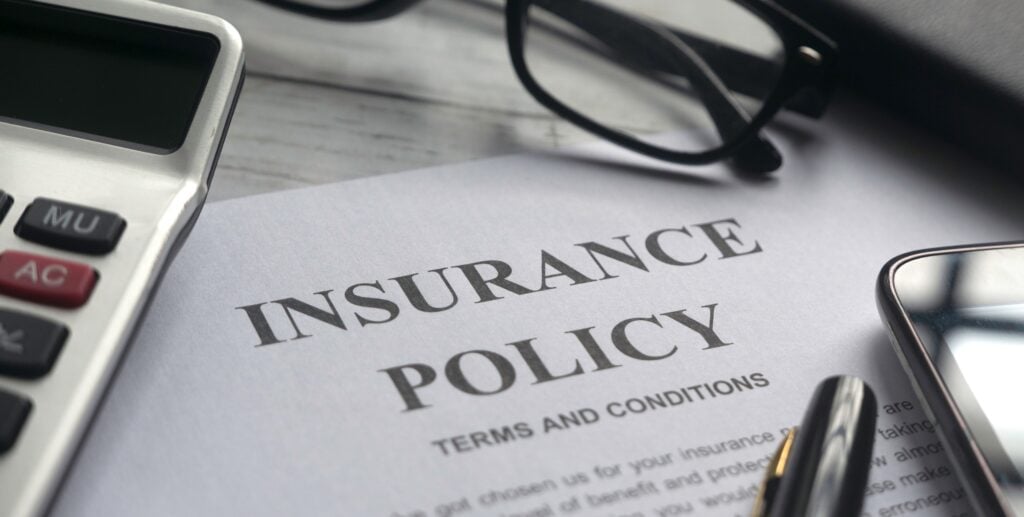
 English (US) ·
English (US) ·